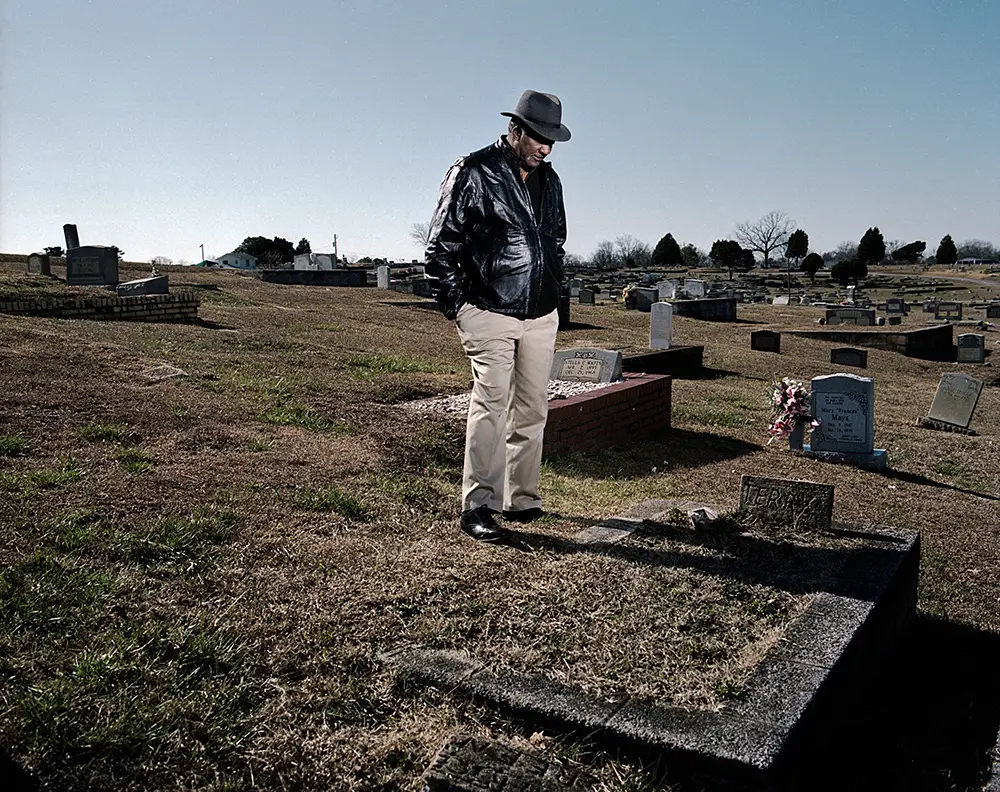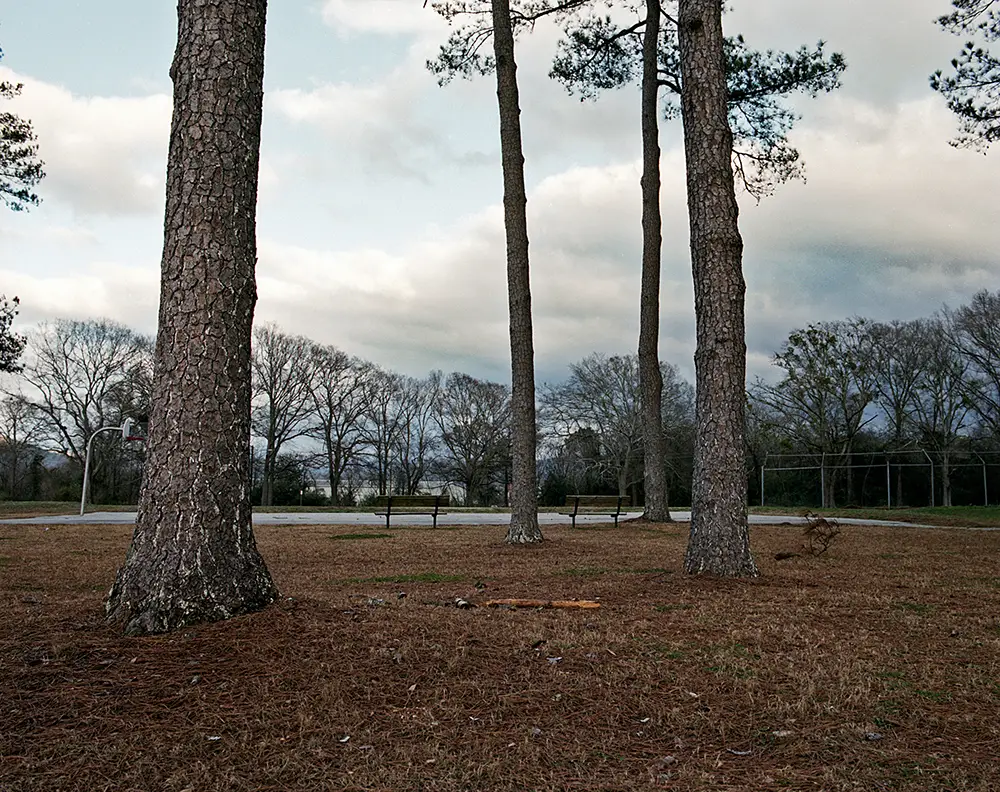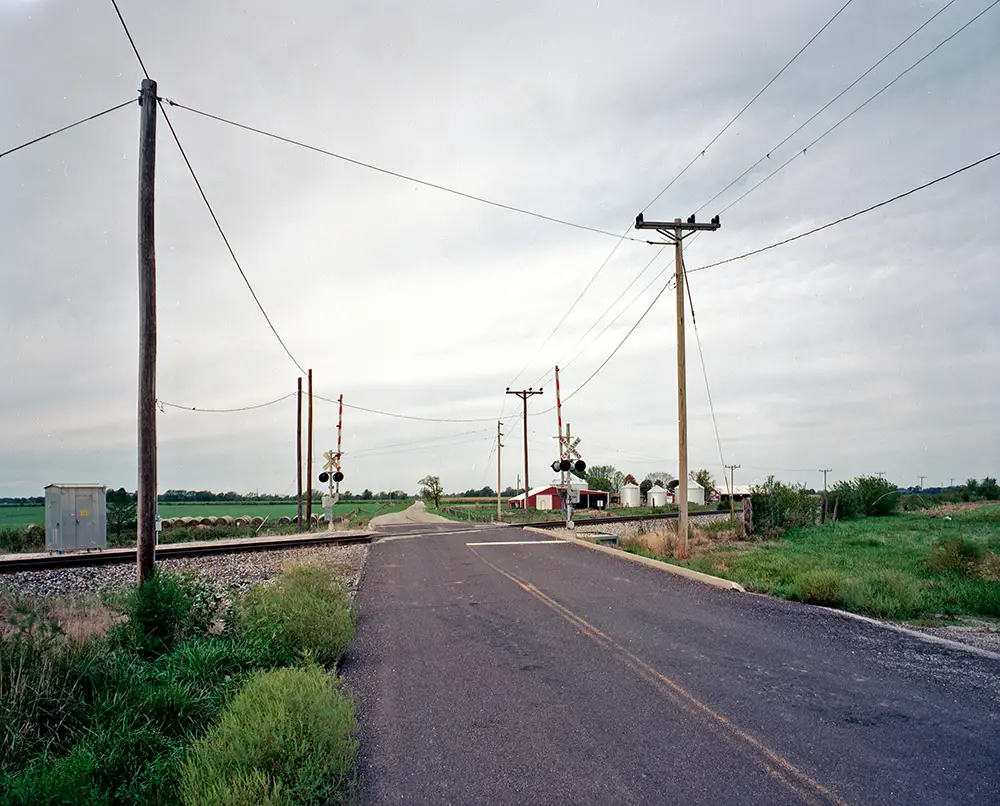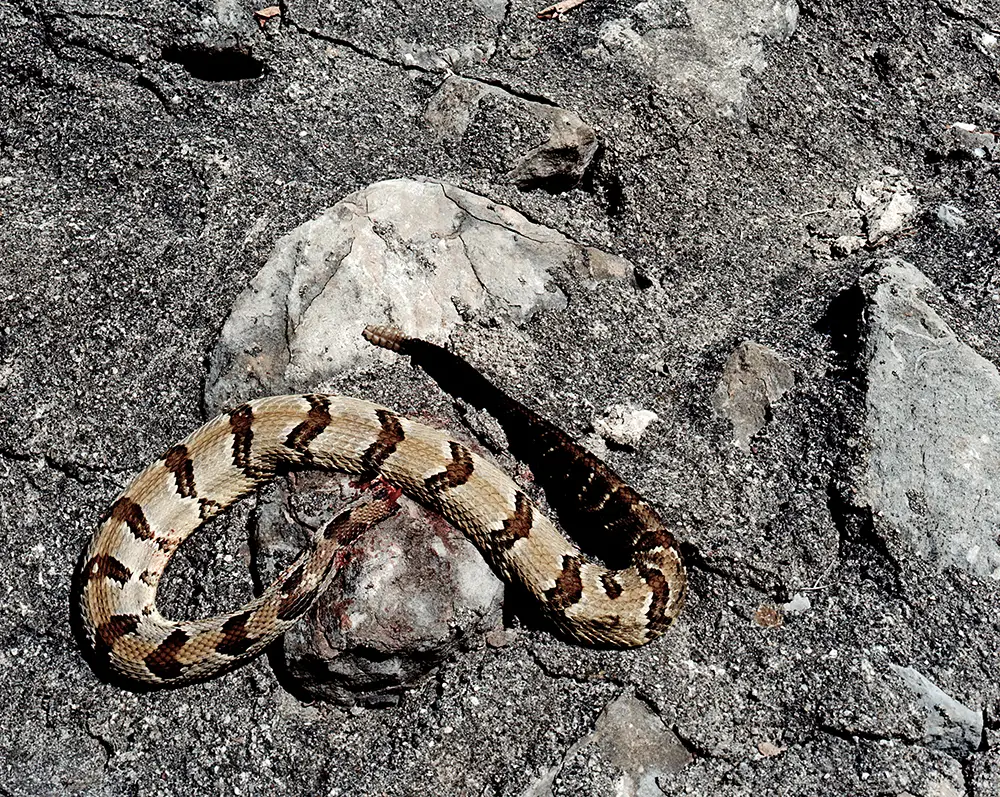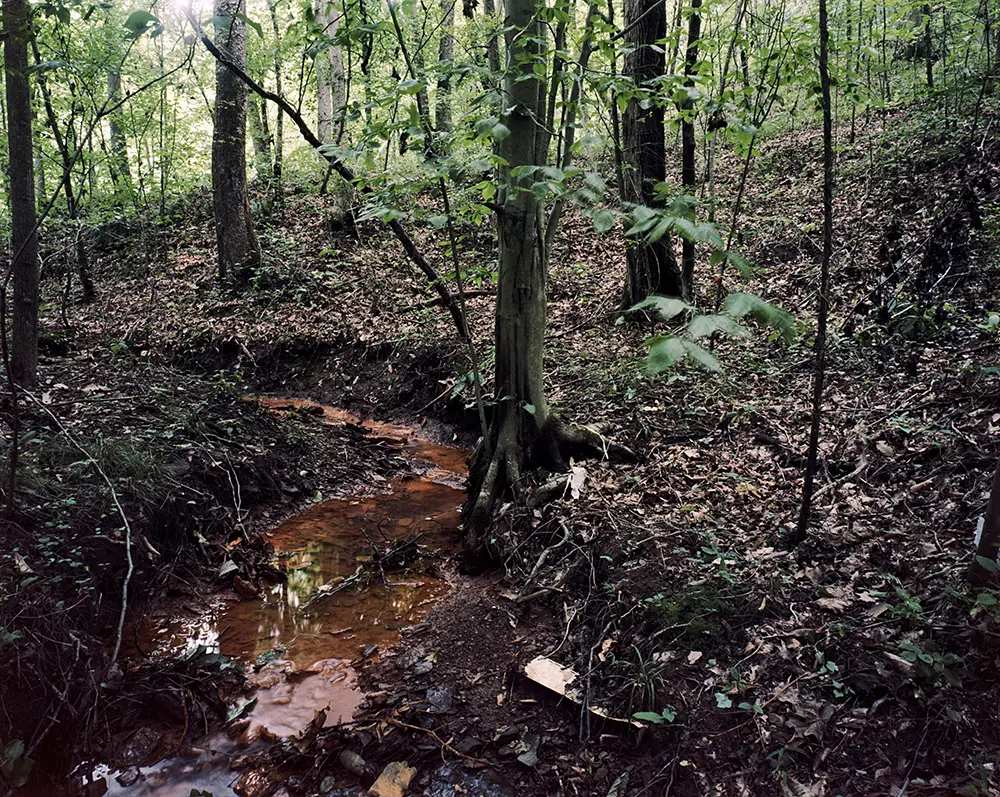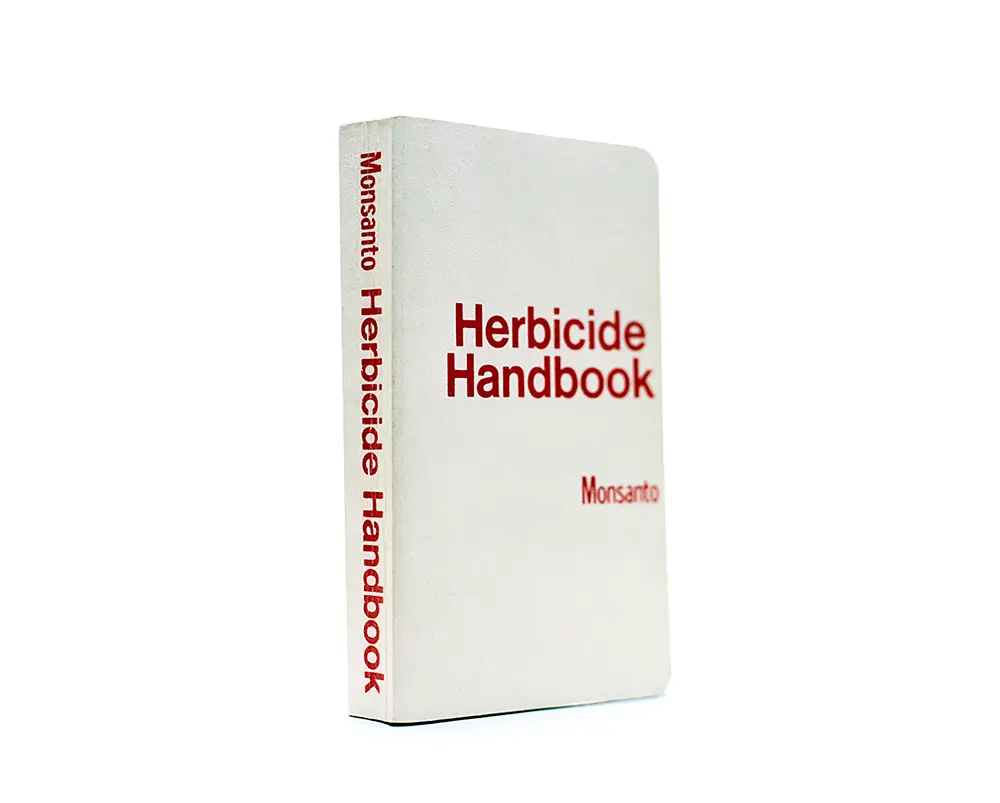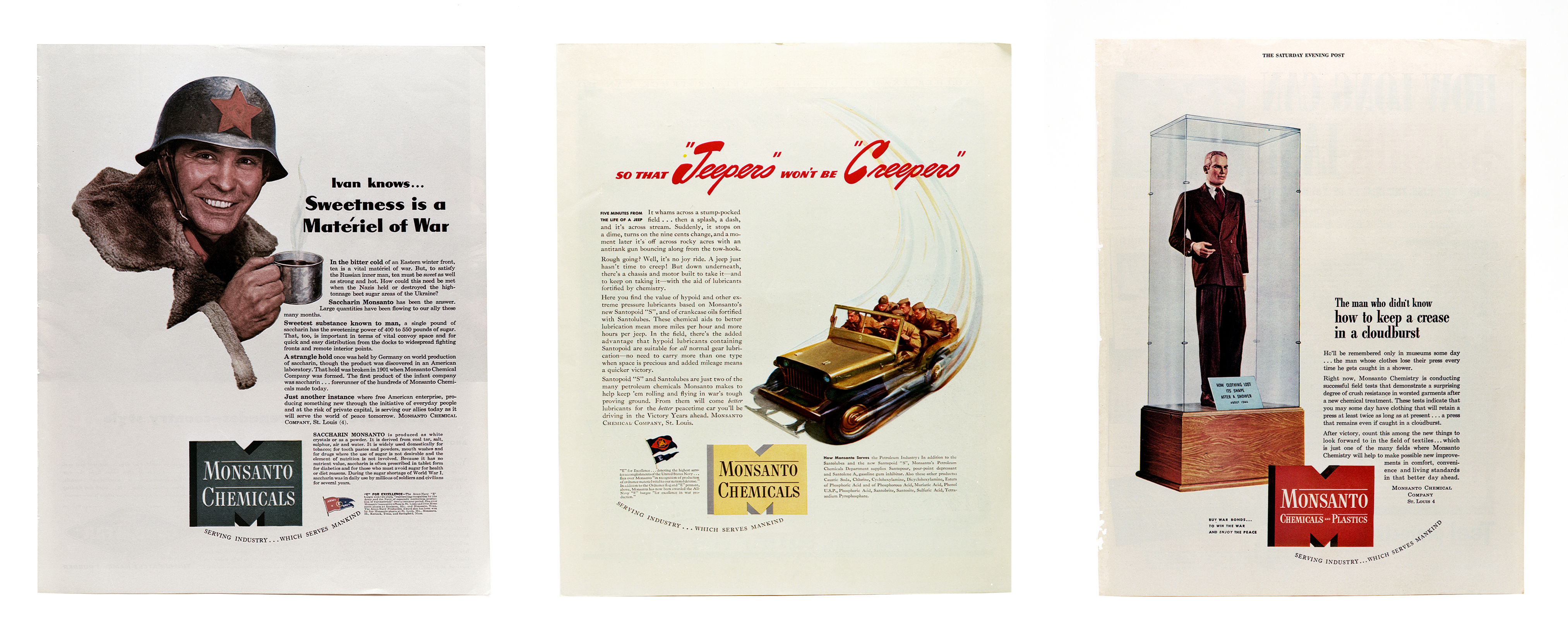The Monsanto Company has been active for over 100 years in the United States, and yet the St. Louis based genetically modified seed and chemical giant’s long legacy of nefarious actions has only recently come into public view.
The mainstream in America is just now waking up to the destruction caused to humans, animals and the environment by Monsanto after all these years, but for the people living in communities that have been damaged and even destroyed by the corporation’s unscrupulous practices, the harsh truth has been ever-present (see this ‘Timeline of Crime’ for more on the dark history of Monsanto from the Children of Vietnam Veterans Health Alliance’s page).
In an effort to document Monsanto’s toxic legacy, photographer Mathieu Asselin spent three years traveling across the United States capturing images of the people whose lives been most deeply affected, and in some cases destroyed, by the monstrous chemical company that happens to control much of our food supply (and key positions in our government, not so coincidentally).
Asselin, who is planning to finish his project titled ‘Monsanto: A Photographic Investigation’ with visits to both Tu Du Hospital in Ho Chi Minh City, Vietnam (to see the consequences of the use of Monsanto’s Agent Orange during the Vietnam War firsthand); and to the Svalbard Global Seed Bank in Norway where seeds from all around the world are stored as a backup plan in large part due to the rise of genetically modified seeds, is raising money in hopes of making these trips.
You can click on this link to support Mathieu’s project financially; in the meantime check out his hauntingly beautiful work below.
But first, an intro from Mathieu himself:
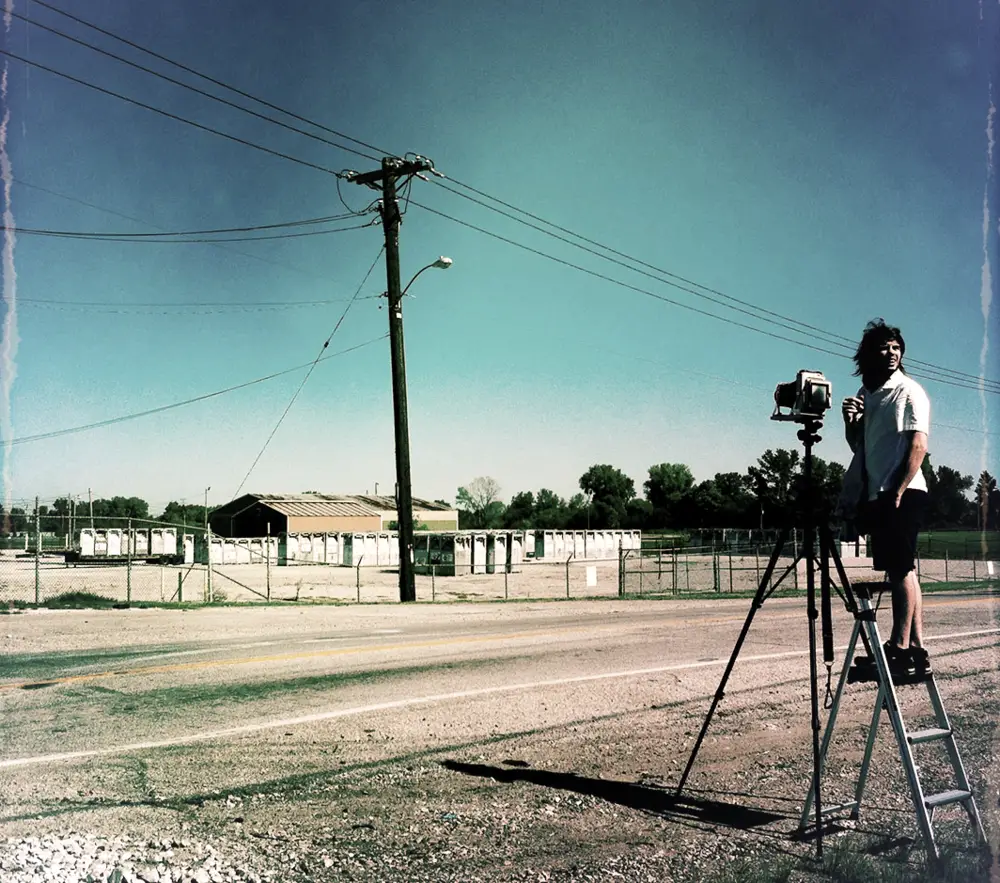
Mathieu Asselin has been photographing towns impacted by Monsanto and needs about $6,000 to complete his project; click here to support his project.
My interest in Monsanto started five years ago through the conversations I had with my father. I began a meticulous investigation, researching archival materials, collecting Monsanto’s memorabilia and establishing contacts with various investigators working in related areas.
This project is a window into the past and the present to better understand the future of this multinational. I want to expose Monsanto’s irresponsible and harmful activities. Many of them are barely known to the public. My intention is to raise public awareness in a moment when we are deciding the future of how and who will have control over food, and how we as consumers are going to relate to it.
My photographic project investigates key milestones in Monsanto’s 100-plus year history by documenting communities where lives were dramatically affected by the unscrupulous policies of this corporation.
During the last three years I’ve extensively traveled around the United States. I went to Alabama, West Virginia and Missouri to document communities located in the areas contaminated by Monsanto. Residents in these areas have a very high level of cancer.
In Pennsylvania and Ohio, I photographed children of U.S. Vietnam War veterans whose health was impacted through their parents’ exposure to Agent Orange.
I met with families of farmers in Maine and Indiana: their businesses were endangered by Monsanto’s patent infringement laws on GMO seeds.
The project combines environmental portraits, landscapes and archival materials.
Below is a collection of photos with captions taken on my tour:
Edgemont Cemetery, West Anniston, Alabama 2012
David Baker, 65, at his brother Terry’s grave. Terry Baker died at the age of 16 from a brain tumor and lung cancer caused by PCB exposure. The average level of PCBs in Anniston is 27 times higher than the national average. David Baker founded the organization Citizens Against Pollution in response to the environmental contamination in the area. He was the driving force behind the lawsuit that in 2002 forced Monsanto to pay $700 million to settle claims by more than 20,000 Anniston residents over PCB contamination.
West Anniston, Alabama 2012
A house, located close the former Monsanto Plant (Solutia Plant today), abandoned due to a high level of PCBs. Monsanto’s facility was in a primarily low-income neighborhood and affected more than 20,000 people. Today, it represents the biggest population affected by a single contamination. In recent years, Monsanto has bought and demolished around 100 PCB-contaminated houses and businesses in the area, turning the neighborhood into a virtual ghost town.
West Anniston, Alabama 2012
An abandoned park where PCB levels are particularly high in West Anniston.
Choccolocco Creek, Anniston, Alabama, 2012
For nearly 40 years, while producing the now-banned industrial coolants known as PCBs at a local factory, Monsanto Co. routinely discharged toxic waste into a West Anniston creek and dumped millions of pounds of PCBs into oozing open-pit landfills. And thousands of pages of Monsanto documents — many emblazoned with warnings such as “CONFIDENTIAL: Read and Destroy” – show that for decades, the corporate giant concealed what it did and what it knew.
On January 10, 1979 on the above intersection, a freight train accident in Sturgeon, Missouri spilled thousands of gallons of a wood preservative called Chlorophenol. The cargo came from Monsanto’s chemical plant in Sauget, where it had until recently been manufacturing its PCBs. Monsanto tried to deny the presence of dioxin (the most toxic man-made chemical) in the spill, however, the EPA testing documented its high levels. The Monsanto Company was found liable for failing to warn Sturgeon residents about the risks of this spill.
The State Historical Museum of Missouri, University of Missouri, Columbia, MO
Microfilm machine with the Sturgeon accident headline.
Postcard of the Former Monsanto Factory in Anniston, AL 1936
From Mathieu’s collection.
Sauget, Illinois 2012
Sauget was formed in 1926 and was known as “Monsanto City”. In the time of strict environmental regulations, “Monsanto City” provided a liberal regulatory environment and low taxes for the Monsanto chemical plants. Monsanto’s plant in Sauget was the nation’s largest producer of PCBs, a cancer-causing chemical.
A high concentration of dioxin and PCBs were detected in a two-mile stretch of a local creek, located within a residential area of Sauget. Toxic substances were associated with chemical products and wastes from the Monsanto facilities. In 2001, after years of investigation, the U.S. Environmental Protection Agency (EPA) has designated the plant site along Dead Creek as a Superfund Site.
Poca River Basin, West Virginia 2012
Poca River basin is part of the area locally known as the “Chemical Valley”. During its peak in the 1950s and early 1960s, the area was the leading chemical producer in the world. Monsanto’s plant near the town of Nitro was the primary manufacturer of Agent Orange. The waste and residues from the plant were illegally dumped around the area. For years, the leaks from the dump sites have contaminated Poca River which joins Kanawha River, the largest inland waterway in West Virginia.
Poca River Basin, West Virginia 2012
Headless snake in a contaminated site.
Poca River, West Virginia
For years, the leaks from the dump sites have contaminated Poca River which joins Kanawha River, the largest inland waterway in West Virginia.
Amber Beller, resident of Poca River Basin, West Virginia 2012
Amber Beller holds a photograph of her mother, Shirley Beller, who died of ovarian cancer in 2006. The level of cancer has reached abnormal numbers in the communities located close the Monsanto’s dump sites in Poca River basin. Almost everybody has a family member affected by cancer.
Lee Roy Muck at his home in the Poca Basin; below are pictures of his late wife
Like an alarming number of residents in the area, his wife suffered a cancer related death (ovarian).
Heather Bowser, Canfield, Ohio 2012
Heather Bowser describes herself as a child of Agent Orange. She was born without several fingers and is missing a part of her right leg. She is convinced that the cause is Agent Orange. Her father, Bill Morris, fought in Vietnam and was exposed to Agent Orange.
In 2012, Bowser co-founded the non-profit Children of Vietnam Veterans Health Alliance (COVVHA) with activist Kelly Derricks, who also has battled severe health issues due to her father’s exposure to Agent Orange while serving in the Vietnam War.
Heather Bowser holds a photograph of her father
Bill Morris, Heather Bowser’s father, was one of thousands of young Americans deployed to Vietnam in late 1960s. Morris had served in areas that were sprayed by Agent Orange, probably while he was there. By the early 1980s, while he was in his 30s, his body started to break down. Morris’ health problems were directly tied to exposure to Agent Orange. Bill Morris passed away on March 11, 1998.
Monsanto’s Herbicide Handbook
To help customers to select herbicides for a particular crop, Monsanto produced a reference manual in 1971. The success of the herbicide Lasso had turned Monsanto’s struggling Agriculture Division around, and by the time Agent Orange was banned in the U.S. and Lasso was facing increasing criticism, Monsanto had developed the weedkiller “Roundup”as a replacement. Launched in 1976, Roundup helped to make Monsanto the world’s largest producer of herbicides.

David Runyon, Geneva, Indiana 2013
In July 2004, David and his family was a victim of Monsanto reckless persecution of farmers in the USA. Wrongly accused of using Monsanto Patented seed, David was asked by Monsanto’s lawyers to turn over all his business records including taxes. In February 2005 Monsanto asked to inspect his farm. A letter claimed that this was as per the agreement between Indiana Department of Agriculture and Monsanto. However, Monsanto’s use of deceit is apparent from the fact that there was no Department of Agriculture in Indiana at that point of time. As with David Runyon, Monsanto has propagated a climate of fear among farmers in rural U.S. Not many farmers and seed cleaners are as lucky as David was.
The Center for Food Safety 2012 report ‘Monsanto vs. Farmers’ showed that: As of November 28, 2012, Monsanto had filed 142 lawsuits against farmers for alleged violations of its Technology Agreement and/or its patents on genetically engineered seeds. These cases have involved 410 farmers and 56 small farm businesses.
Troy Roush, once big on Biotech, was wrongly accused of saving seed. The legal fight cost him $390,000 in lawyers’ fees. Since then he has begun to see the way the system is devastating traditional farming.
“Genetically modified crops are destroying the social fabric of our rural communities” he says.
Roush probably couldn’t go back to conventional crops even if he could find good conventional seed; once Monsanto’s DNA is in your field it’s almost impossible to get it out. And with the corporate DNA police abroad in the land, farmers can’t afford to take a chance. So it looks as though there’s no turning back from a future in which Monsanto and a handful of other companies own the genetic building blocks of the world’s food supply, unless major changes are made soon that is.
‘I’d put the genie back in the bottle in a heartbeat,’ says Roush.
Indiana 2013, GMO Corn
In 1996, Monsanto introduced its first GMO (genetically modified organism, lab created) seeds. It ensured that farmers could not save the seeds and essentially lose the ownership of their seeds. Consequently, the power balance shifted away from the farmers to corporations who now own about 80 percent of GM corn and 93 percent of the GM soy market.
Now farmers not only have to buy the seeds from the corporations year after year, but they are also forced to comply with the rules and regulations embedded in the contracts, which are designed to put the farmers at a juridical disadvantage. Since they have been wrongly accused, Dave Runyon, Troy Roush and Moe Parr (a seed cleaner who was sued by Monsanto for “encouraging GM soybean farmers to save their seed”) have traveled the world speaking out publicly about Monsanto’s reckless, domineering business practices.
Monsanto Magazine Ads from 1943
From Mathieu’s collection.
Monsanto memorabilia
From Mathieu’s collection.
How You Can Support Mathieu’s Work
Special thanks to Mathieu Asselin for allowing us to share his work with the world, and for taking such a vested interest in such an important topic.
Please share this article with any friends or even media outlets that need to see the true picture of the devastation the Monsanto company has been responsible for throughout its history.
If you’d like to support Mathieu in his quest to finish the project, you can click on this link.
P.S. What’s it like when Monsanto knocks on your door in the dead of night asking to see your business records and threatening to sue? Find out in Mathieu’s mini-documentary below…
Thanks for reading! Follow AltHealthWORKS on Facebook for more by clicking here.
Thanks for installing the Bottom of every post plugin by Corey Salzano. Contact me if you need custom WordPress plugins or website design.


